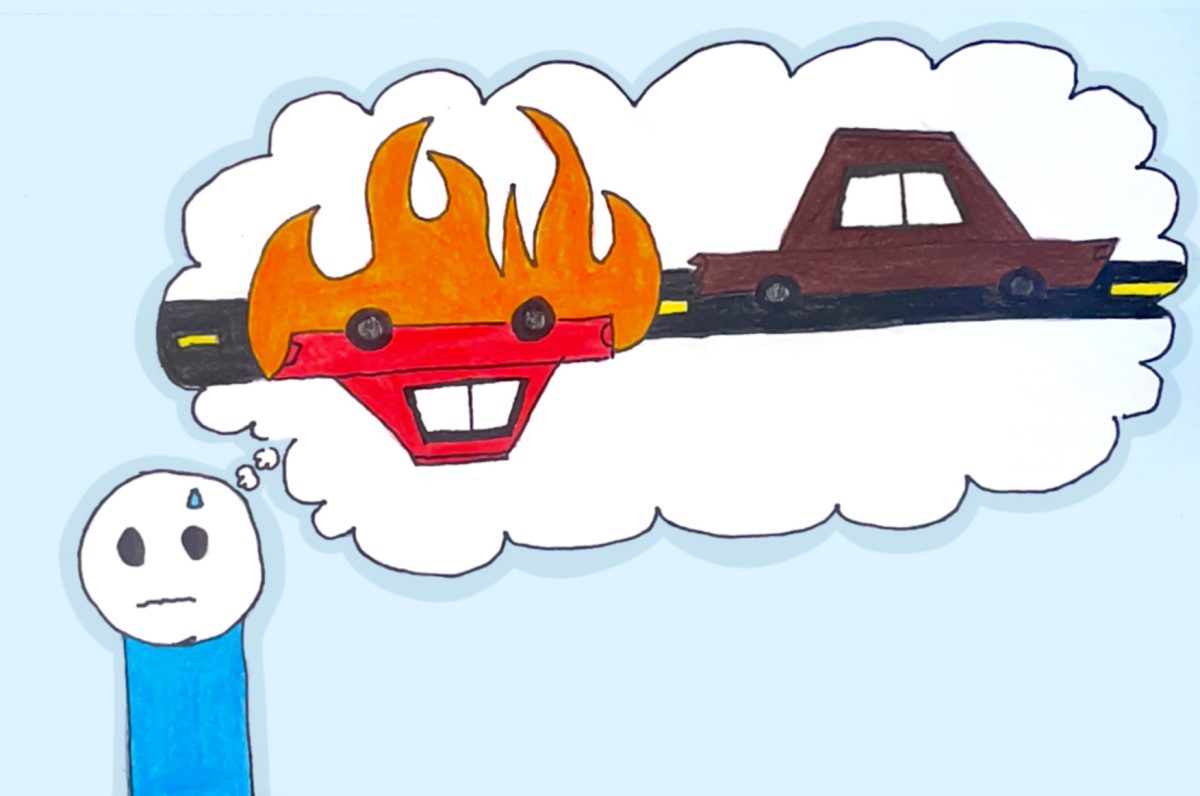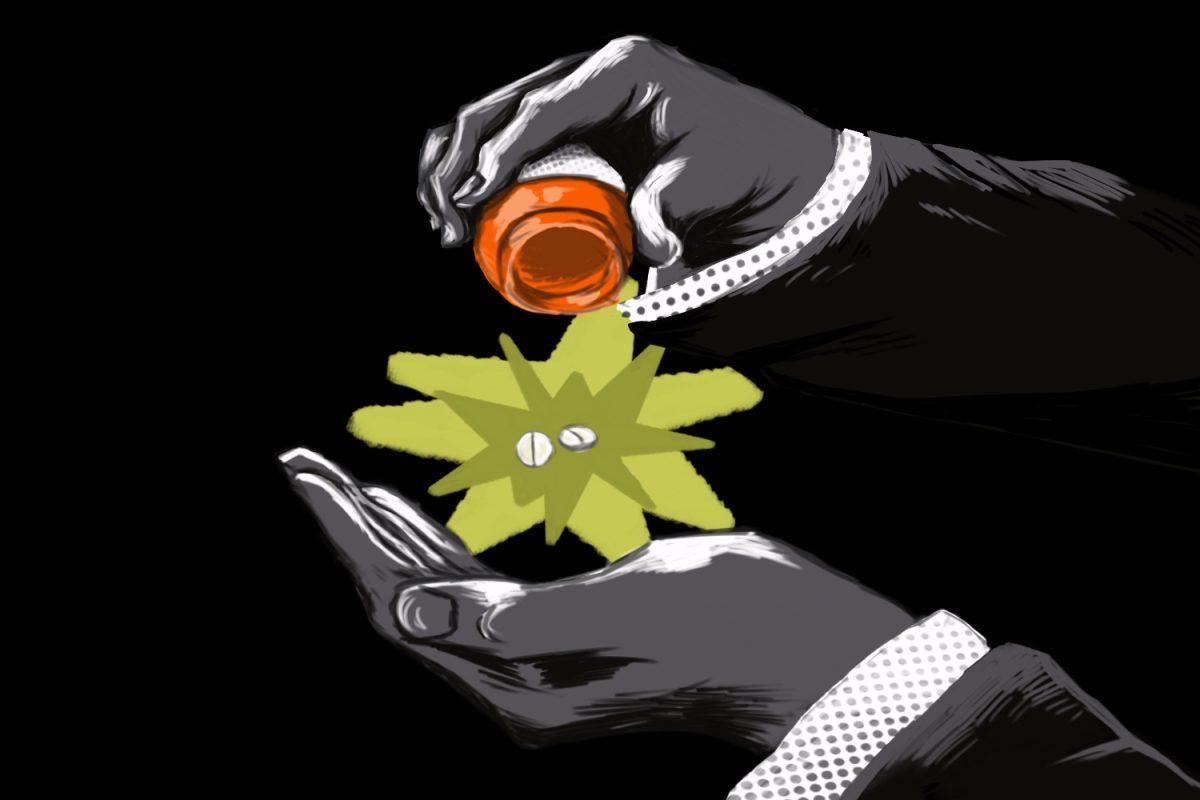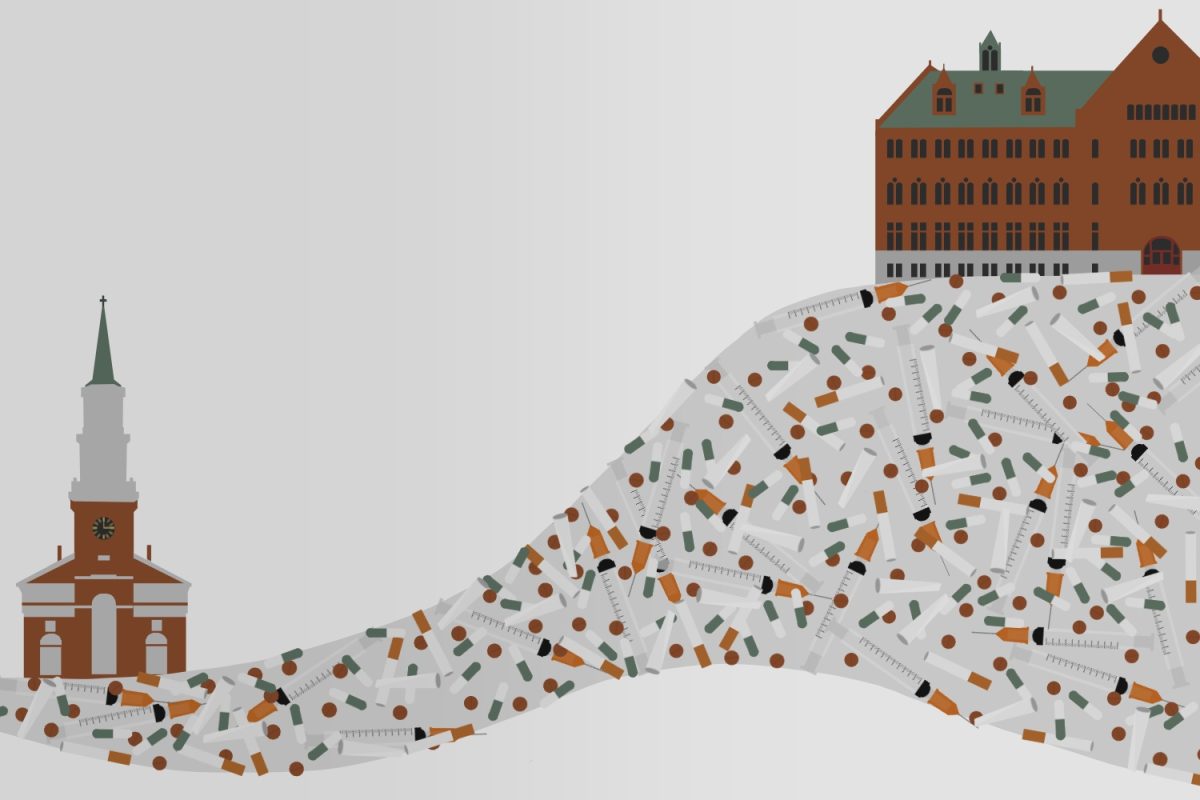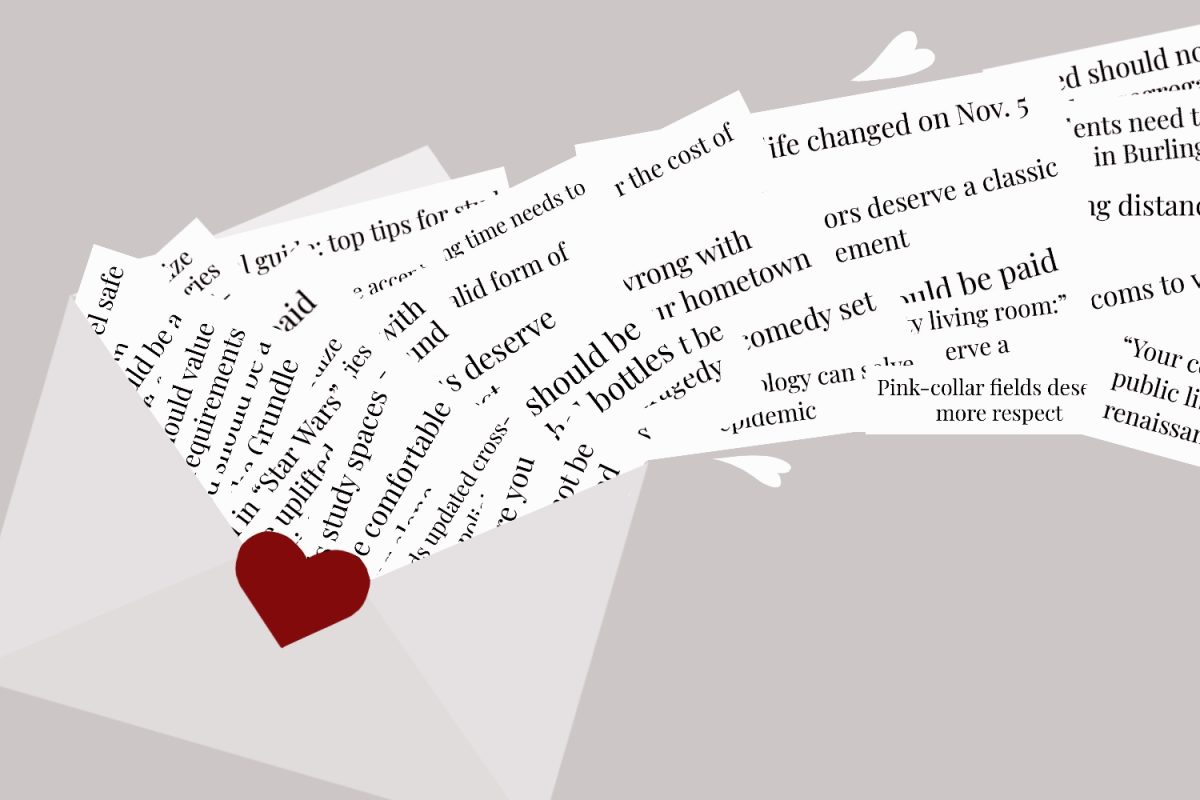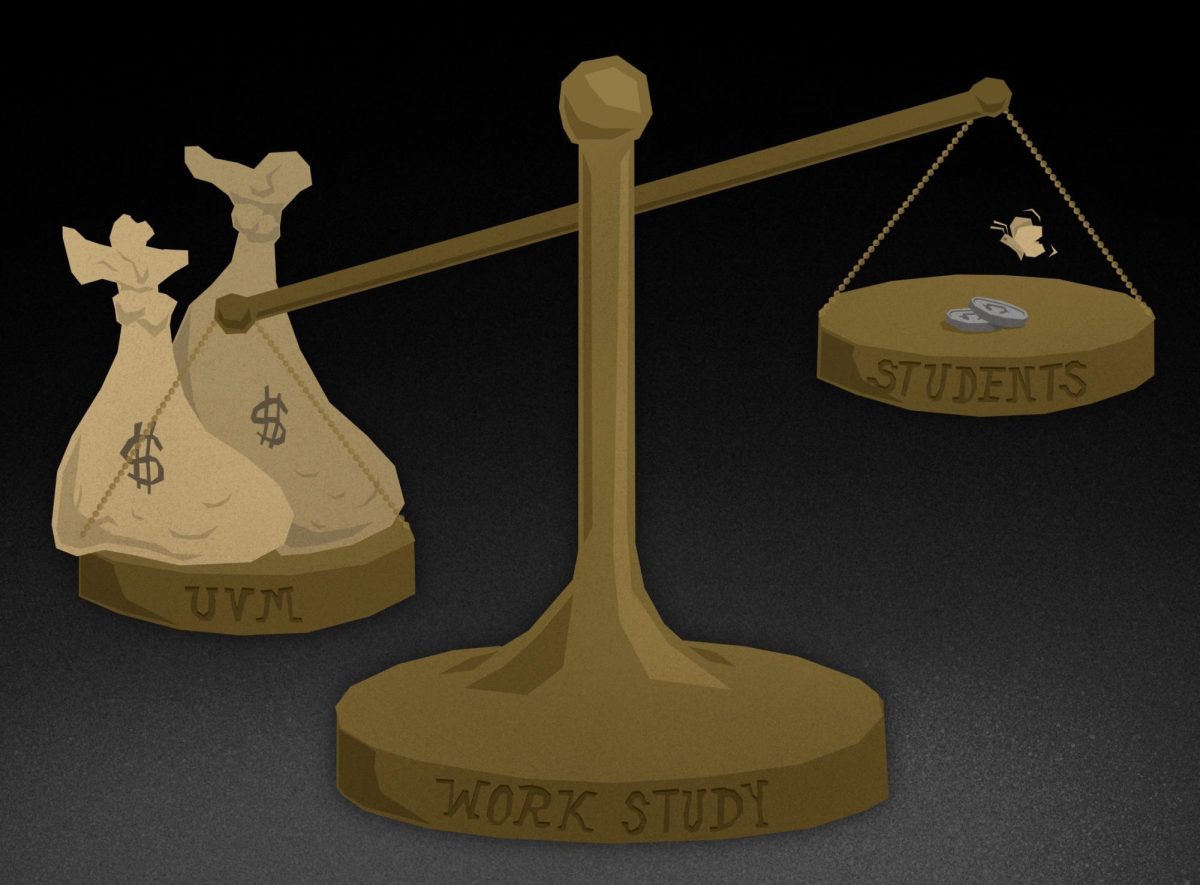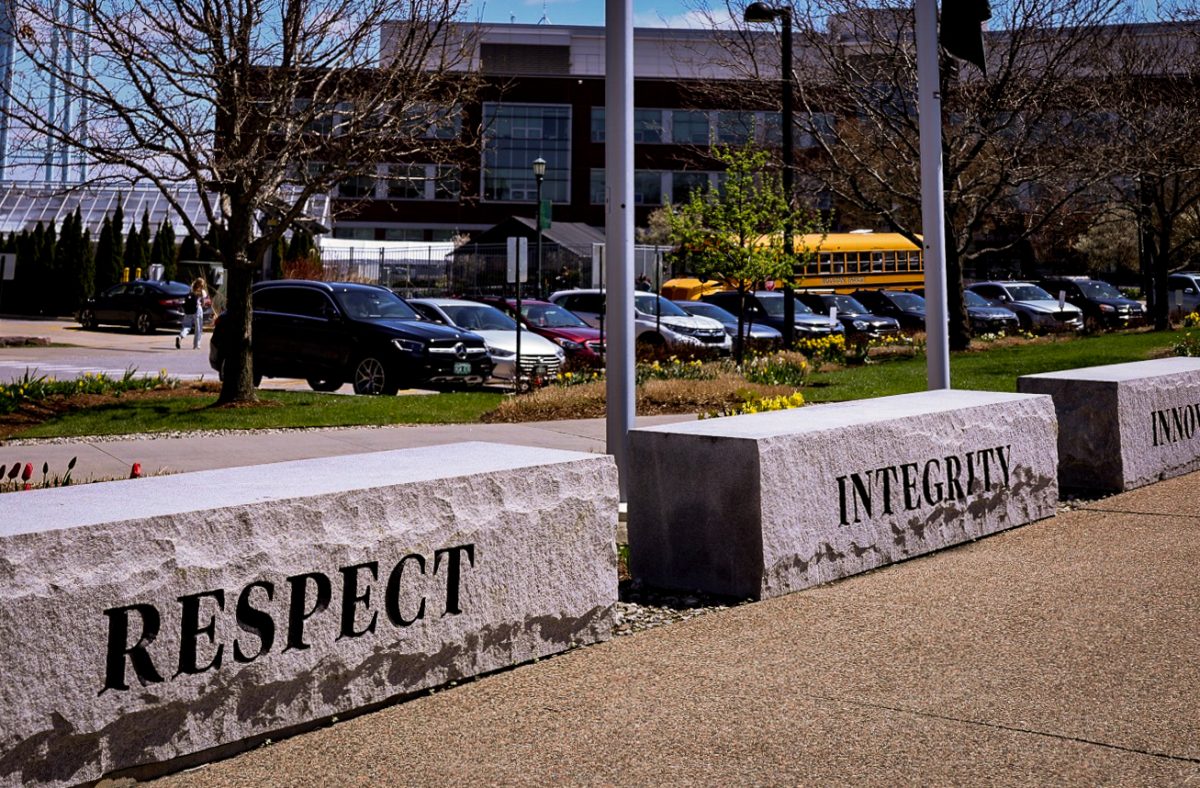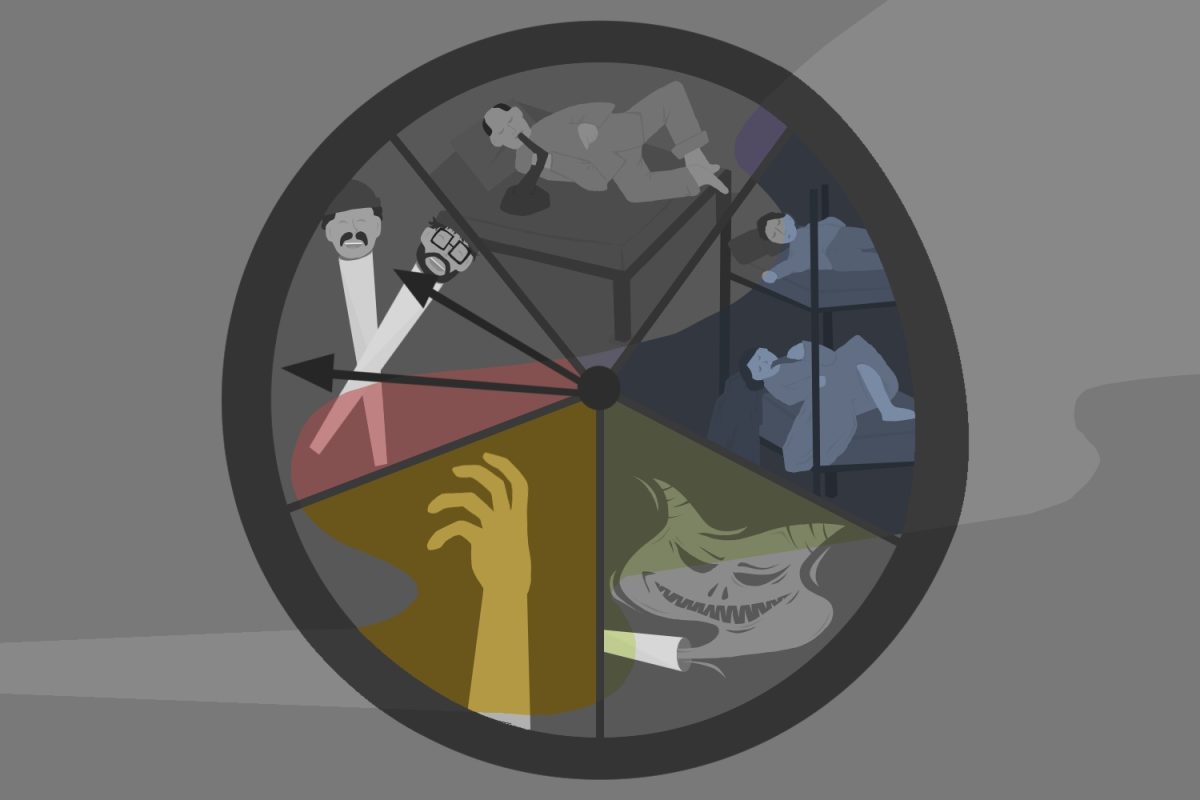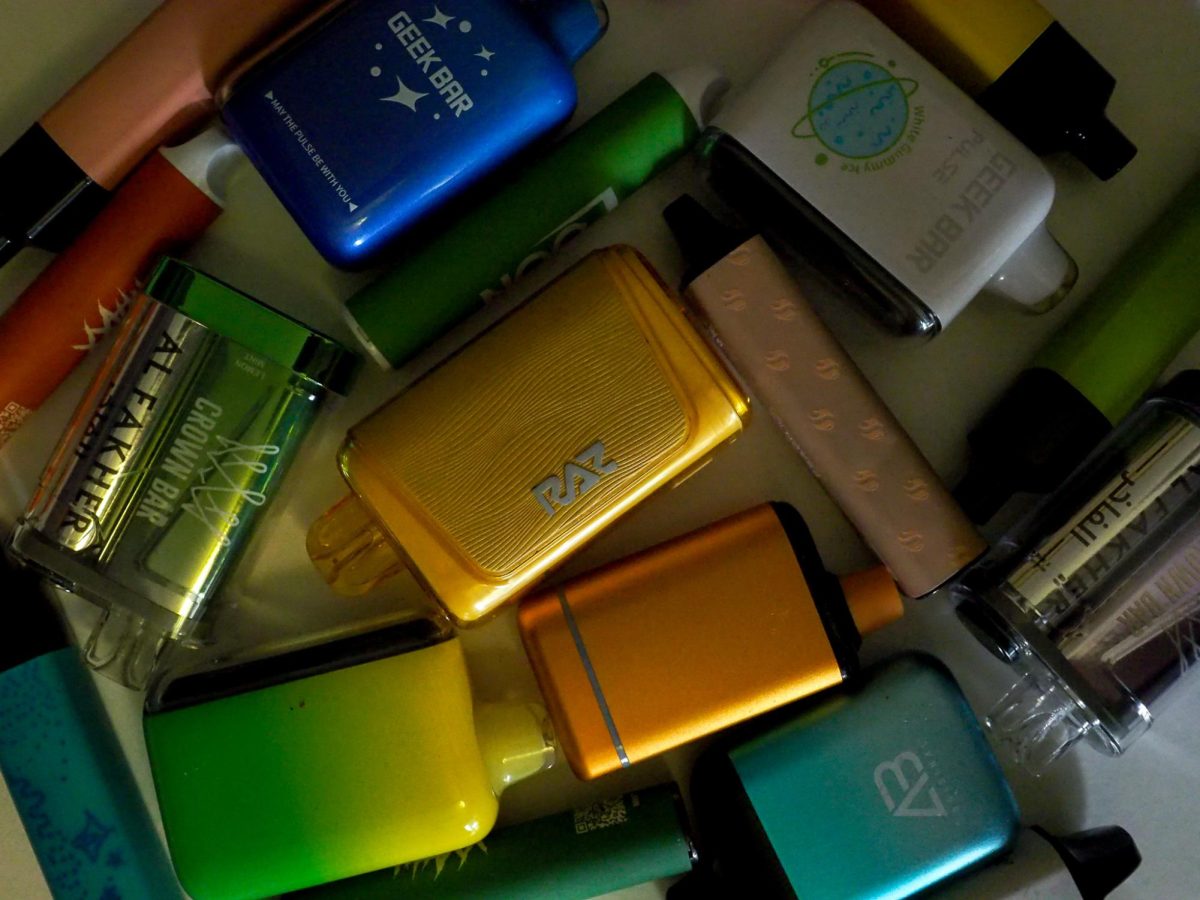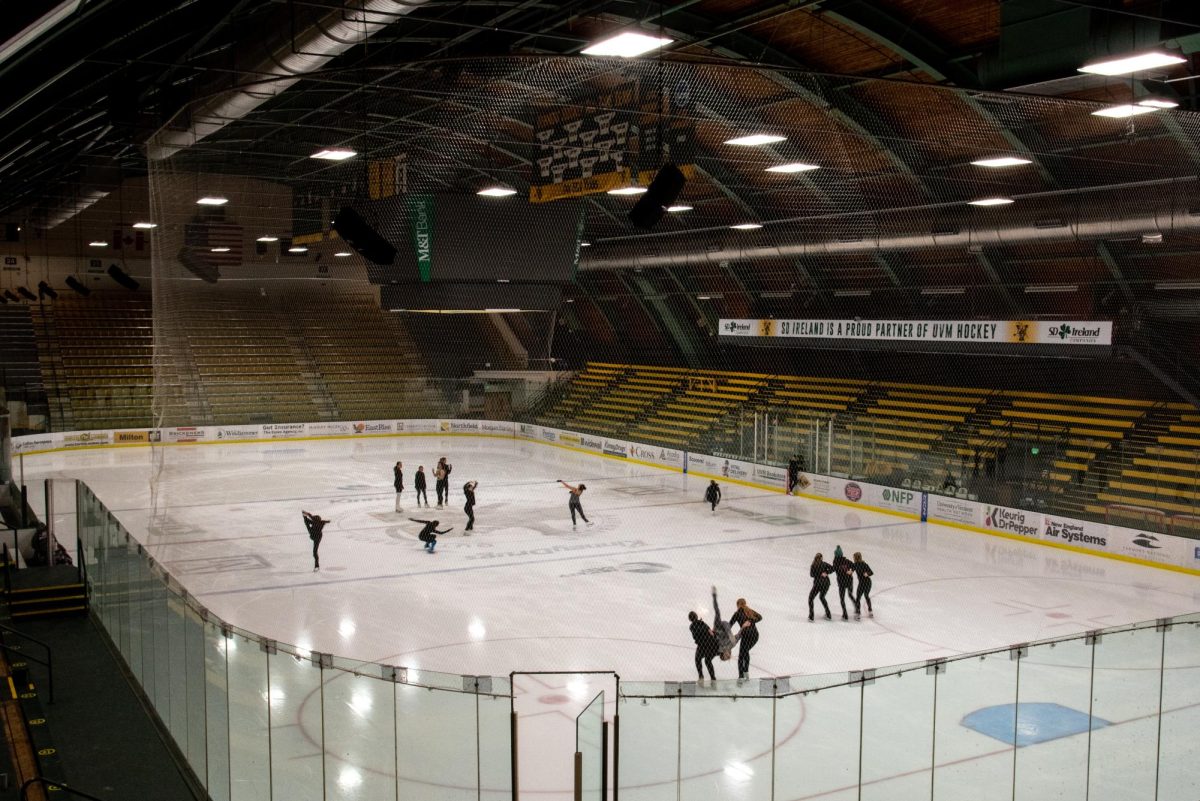As a proud owner of a New York State learner’s permit, the pressure to take the final step to getting my driver’s license is immense.
Growing up in NYC, I was spoiled by the easy access to mostly reliable public transportation. The only times my family would use our car were on our monthly Costco runs and summer road trips to the Jersey Shore.
It was not until I came to college that I realized how much of a necessity driving is in other places. I went from waiting for trains and buses that came every five to 10 minutes to buses that only come every 20 to 45 minutes.
My frustration with the inconvenience of public transport in Burlington has not yet trumped my reluctance to bite the bullet and take my road test, and I don’t appear to be the only one.
Nine percent, or 2.76 million Americans, over the age of 18 do not have their driver’s license, according to a a Jan. 2024 survey by the Center for Democracy and Civic Engagement.
After 19 years as a passenger princess, I made an earnest attempt to get my license this summer. However, my plans fell through when I nearly drove my sister and I into a ditch.
Once the adrenaline and misplaced anger at my sister wore off, I realized how dangerous the metal death traps we call cars really are.
Just recently, while conversing with some of my coworkers, they began listing off all of the near-fatal car crashes they have been in. I sat in horror as they described getting T-boned like it was as inconvenient as an untied shoe.
Cars are so domineering in our daily lives that the all-too-common and often deadly accidents that result from them are reduced to an unfortunate inevitability. It seems that everyone will get into an accident someday.
Whenever I’m in a car, I cannot help but think how my life is partially in other drivers’ control. No matter how safe I am, it only takes one irresponsible person to cause an accident.
I am not saying that we should abandon cars completely; they are a sometimes necessary mode of transport for traveling long distances and for those with impaired mobility.
I do think that we should rethink our dependency on them, especially given the fact that they are such a financial and environmental burden, and work on improving our public transport options on a national level.
Many people just cannot afford a car—at least not a reliable one. These same people are forced to rely on unreliable public transport to get to work or school, leaving them at a disadvantage from those who have the privilege of owning a car.
It is no secret that cars are awful for the environment. A car emits about 4.6 metric tons of CO2 into the air every year, according to an estimate by the United States Environmental Protection Agency.
Yes, electric and hybrid cars are definitely a step forward in terms of the environmental impact of cars, but to me they just feel like a bandage for a much bigger issue.
Despite the obvious problems with it, there is one thing I love about the New York subway: everyone uses it.
Whether someone is going to a posh party or a minimum wage job, they ride the subway. Some of the most connected I have felt to total strangers is when we were stuck in a train car.
I notice so much more about the world when I am walking to my destination than when I am driving. Though I still have to face the reality that most places in our country are not built to accommodate walking.
I’m tired of seeing green spaces and low-income neighborhoods being torn down for yet another highway, contributing to a growing sense of isolation and disillusionment. Hopefully one day our cities will be built to encourage engagement with our environment and the people in it.
In the meantime, walking when able to, taking public transport and even carpooling are great ways to reduce our carbon footprint, improve safety and build the sense of community we all crave.


